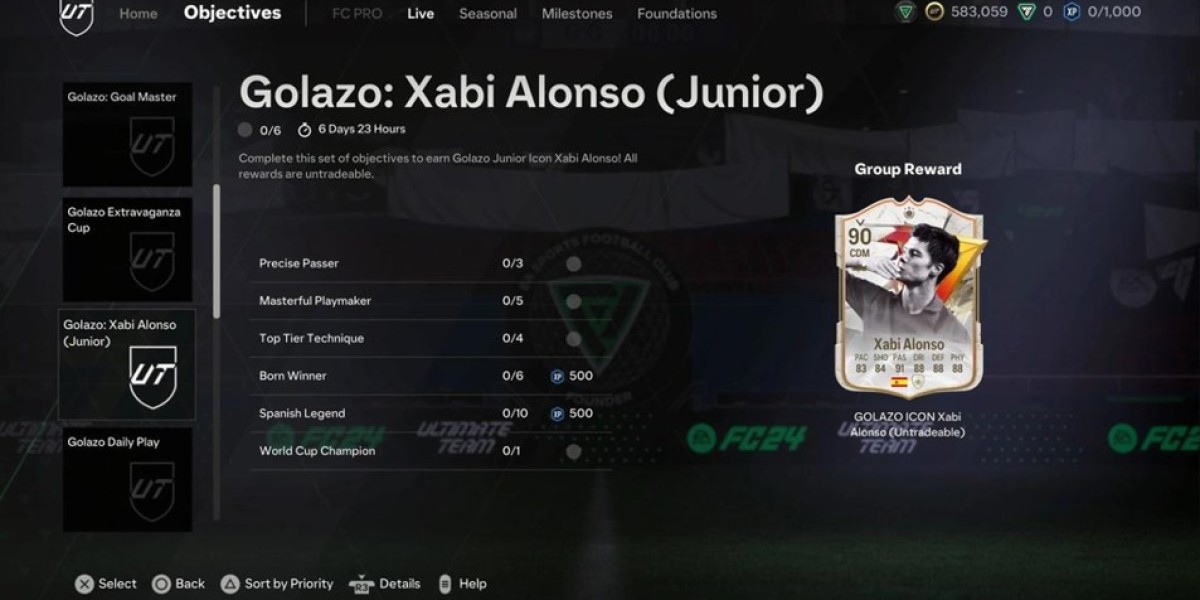Addiction to opioids is a serious and often life-threatening condition that causes serious harm to individuals and to their families. It is a complex and difficult disorder that takes hold of the brain in many ways.
People with opioid use disorders have a compulsive need for these drugs and have problems controlling their use. Their lives are impacted by this addiction, and they may suffer from withdrawal symptoms when they stop using opioids.
Pain Management
Pain management is an important part of treatment for opioid addiction. It includes using non-opioid drugs, alternative therapies and counseling to control and manage pain safely.
Prescription opioids such as oxycodone, hydrocodone, fentanyl and tramadol are used for chronic pain. They can also be used for short-term relief of acute pain.
Taking these medications for too long or taking more than your doctor prescribed can increase your risk of becoming addicted. The risk can also be influenced by the type of pain, how you use them and your lifestyle.
Opioid use should be for the shortest time necessary to reduce your pain. It should be taken exactly as directed by your doctor, and for the lowest dose possible.
Overdose
Opioids, including heroin, fentanyl and prescription drugs, act in the brain to produce feelings of pleasure and pain relief. These feel-good neurotransmitters, called endorphins, mute your sense of pain and boost your mood.
When a person uses opioids regularly, they can develop a physical dependence on them. When they stop taking them, they experience withdrawal symptoms such as a strong craving to use them, sweaty skin and an increased heart rate.
Overdose is a medical emergency that requires immediate treatment. If you or a friend or family member think someone may have overdosed, call 9-1-1 right away and get them to a hospital.
Overdoses can happen when a person takes more than the recommended amount of a drug or mix substances together. They can also be an accidental or intentional act.
Addiction
Using drugs over time causes the brain to become flooded with chemicals that take over the circuit in the brain that is associated with processing rewards. This reward circuit becomes a driving force that triggers behavior that feels good but is not healthy.
Over time, people can develop a tolerance to opioids, which means they need to take more of the drug to feel the same effects. They can also develop physical dependence, which causes painful withdrawal symptoms when they stop taking the drug abruptly.
Addiction can be treated by medication-assisted treatment (MAT). MAT involves the use of medications, such as methadone or buprenorphine, in combination with counseling and behavioral therapies. The goal is to help people stop using drugs and prevent relapse.
Treatment
If you or a loved one is struggling with opioid addiction, it is important to find a doctor who can help. Ask your family doctor for a referral to an addiction specialist in your area or search online for a local provider.
Opioid drugs such as oxycodone (OxyContin(r)), hydrocodone (Vicodin(r)), codeine, morphine and others reduce pain by causing feelings of euphoria. They also cause drowsiness, confusion and sometimes slow breathing.
You can become addicted to opioids if you take them long-term for pain relief and develop tolerance or physical dependence (adaptation to the drug that causes symptoms when you stop taking it). Use of a specialized treatment such as methadone or buprenorphine can help restore balance to your brain and reduce withdrawal symptoms.
The treatment of opioid addiction should be individualized to the individual and should include medications that relieve cravings and withdrawal symptoms, as well as counseling. These treatments can be used alone or in combination with behavioral therapies and other interventions.



